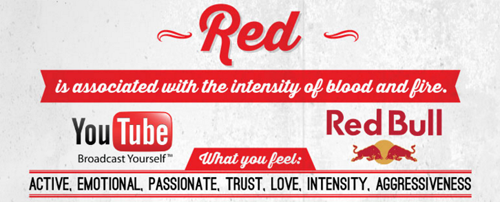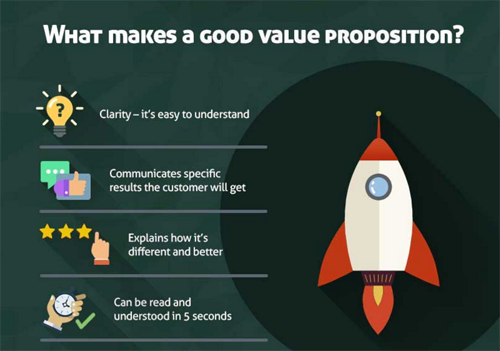A Beginner's Look at Designing for Corporate Identity

Design is difficult to define, because there is a broad range of skills, projects and people involved.
Marketers have their hands in the design pot - often dictating where a design should go and what needs to be changed. Executives sometimes voice their opinions as well, to ensure designs meet a corporate identity. Even the public can get involved - like in the case of Google's logo update - people on the Web sounded off with their opinions.
The professionals who have to take all of this into consideration are the designers who have to plan, tweak, defend and rework their creative elements. When it comes to corporate design, their hands are often tied by those trying to maintain a certain image and recognition. For those in the workplace tasked with working with designers for the first time, here's a list of considerations everyone must make when designing for corporate identity:
The logo
The logo of your company should be designed for immediate recognition. There are probably a number of companies that you can identify simply by looking at a logo. The logo is a major aspect of your company's branding strategy. It is what helps consumers differentiate your company from your competitors. A great logo along with great branding is crucial to corporate identity. Great logos are clean, simple and extremely easy to process making them memorable to consumers. Companies should really consider somehow adding what they actually offer into the logo. Pinterest, for example, has a "pin" incorporated into its logo as users "pin" clippings from across the Web.

Typography
Well-proportioned fonts have a great impact on your website and marketing collateral. Appealing to visual senses through font can help someone focus on one idea and even act on it simply based on that font. One of the most successful fonts that is quite popular and has been around for the past half century is Helvetica. It is simple yet striking. The typography can enhance a company's motto or message. Classic serif typefaces such as Times New Roman reflect companies that are conservative.
Color
Designers need to take great care when designing visual identification marks for corporations, especially when it comes to color combinations. As a marketer, executive or the like, it's important to trust your designer in this area (although everything including colors should be tested for audience response). Choosing the right color is crucial to the overall design since colors have different meanings and theories. Color can tell a lot about a corporation and how it conducts business. The colors you settle for should emphasize the philosophy and strategy of your corporation. Check out what brand colors say about your business here, or how color affects purchases or this infographic (a preview is shown below) on how businesses use color to affect emotion (infographic by Ruby Media).

Quality
Quality is a very important element when it comes to graphic design. It defines your company's policies, responsibilities and procedures. The quality of your company design is perceived as great quality in the products and services that you offer. Quality should reflect in every aspect of your company if you want to keep your customers coming back. You should not be afraid to splurge on quality design because it is what the customers see before they can actually try your product. This is especially true of Web design. The design of a website must meet consumers' lofty expectations with elements like prominent and intuitive navigation and site search, as well as common functionality like having the logo in the left-hand corner which will take a visitor back to the homepage wherever they are on the site. Read, "4 Habits of Successful Web Designers."
Branding
Your brand tells how your company is perceived by others. It is more than just the name of the company. Your brand identity communicates your company's strategy in a way that will attract your target consumer group. Branding is not about giving your customers a choice but showing them that you are the only and best option to choose. It builds credibility and motivates your customers. How and where a company presents its value proposition is a good example of this (here's what not to do).

Community
Building a community is also a crucial part of your business identity. Creating a dedicated and enthusiastic community around your product is a great way to boost your reputation by leveraging this power. While social media is a great place to foster a community (check out these examples), a business will need to ensure its design elements are consistent across channels to give consumers a sense of security that they are engaging with the same company and one that values their engagement across channels.
DBA Support
With so many moving parts in corporate identity, a company would be wise to improve its database systems fro better business process. One way to do so is by enlisting the help of a DBA (database administrator) agency that can monitor critical systems round the clock to ensure that your data is well stored and protected. This, among other factors, can ensure designers have quick access to the information they need to uphold corporate identity and make sure those with malicious intent do not.
Subscribe to Our Newsletter!
Latest in Web Design








